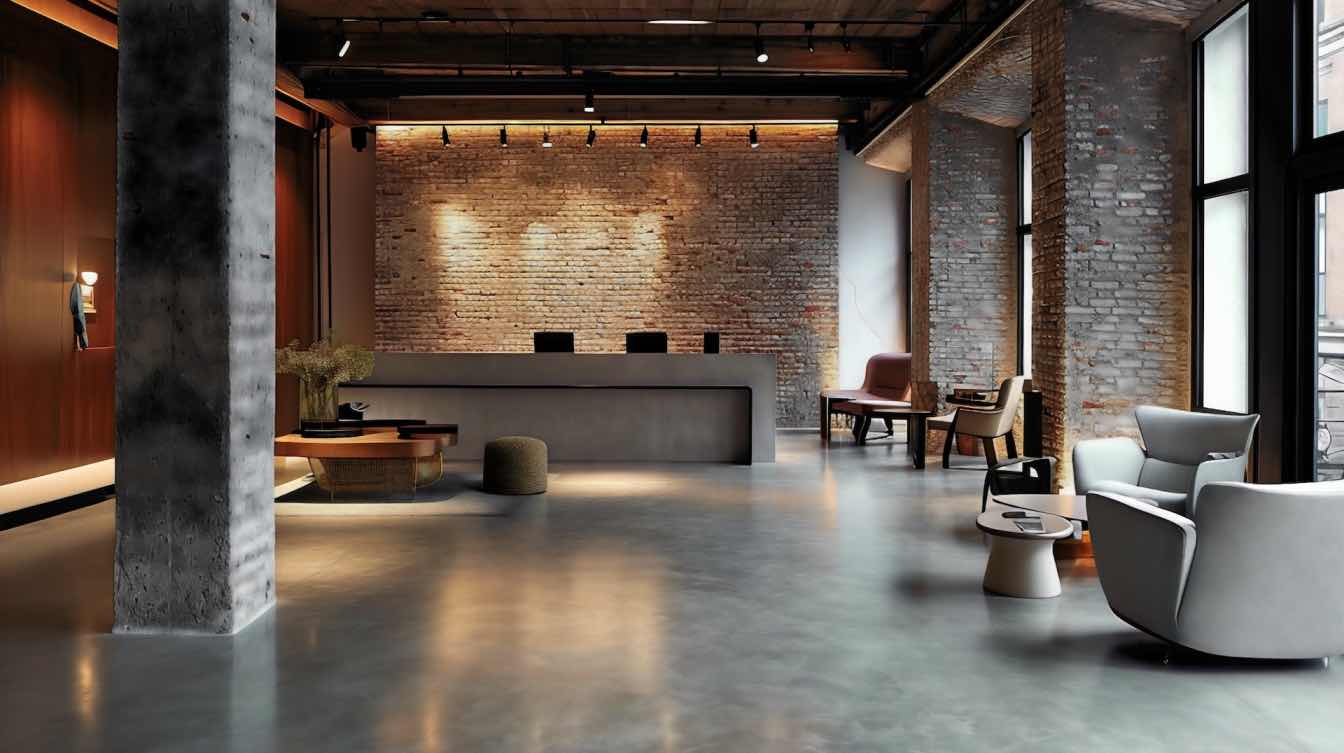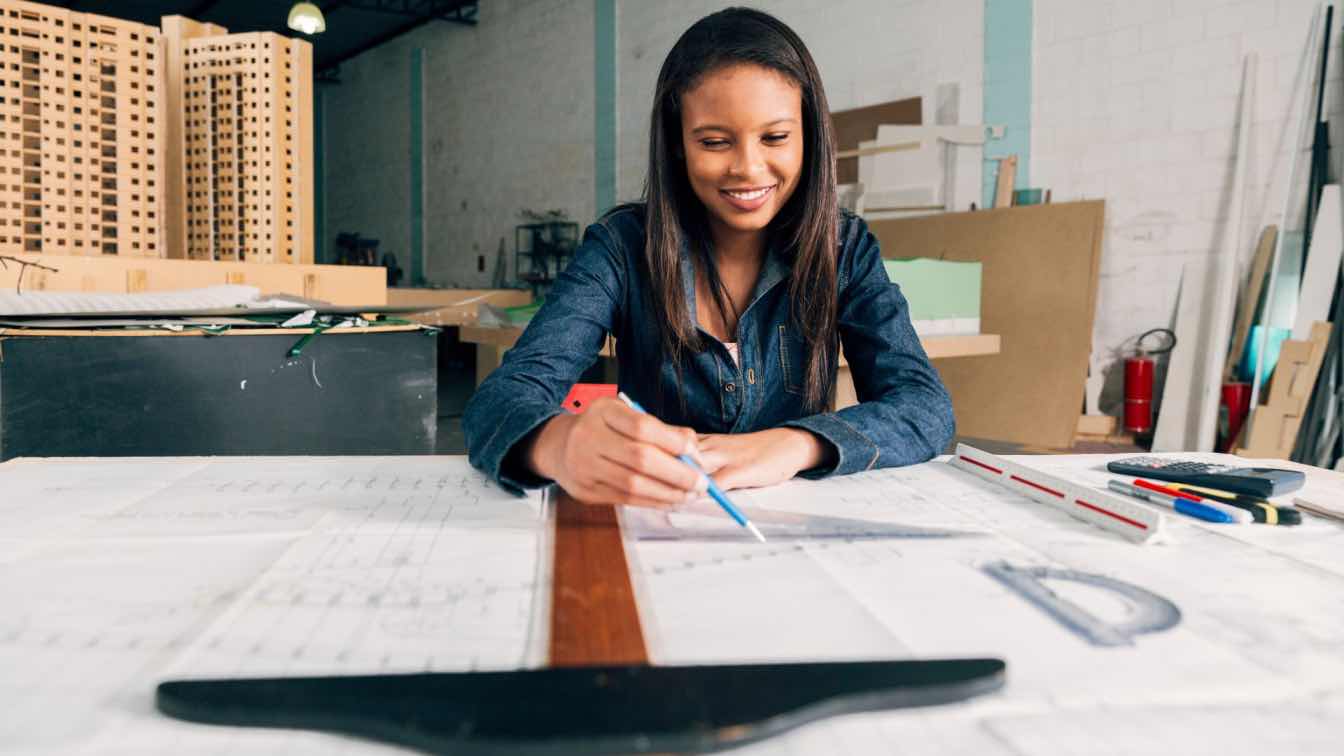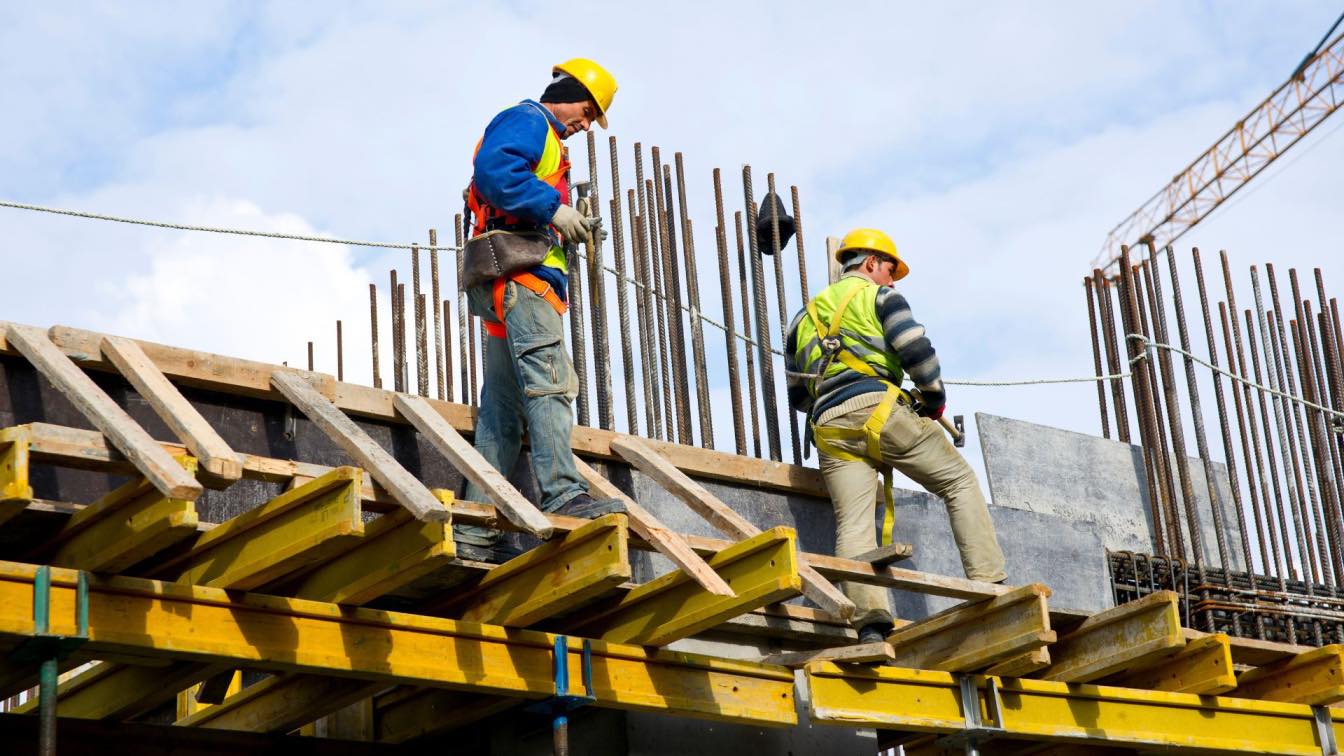Concrete. It evokes images of sturdy bridges, utilitarian dams, and perhaps even bland parking structures. It's often seen as the workhorse of the building industry, valued for its raw strength and resilience, but rarely associated with elegance or beauty.
However, within the hands of skillful architects and engineers, concrete undergoes a remarkable transformation. It sheds its industrial husk, revealing a material of surprising versatility and aesthetic potential.
This article delves into the exciting world of elegant concrete, exploring how architects defy expectations and push the boundaries of what this ubiquitous material can achieve. We'll witness its seamless integration with other materials, its ability to create expansive spaces, and its surprising compatibility with sustainable practices.
Exploring Elegance in Concrete
Concrete's transformation from utilitarian workhorse to aesthetic marvel begins with understanding its multifaceted nature.
1. Materiality
Step beyond the standard grey by exploring precast panels with vibrant hues, exposed aggregate revealing natural beauty, or polished surfaces reflecting light like a glistening mirror. Imagine a concrete driveway specialist utilizing a charcoal-hued precast for a modern entrance, its smooth finish contrasting with the surrounding greenery.
2. Form and Proportion
In the hands of skilled architects, concrete transcends its materiality to become a sculptor's medium. Imagine soaring, curved walls defying gravity, their sleekness accentuated by strategic light play. Picture playful geometric elements, like intersecting cubes or cantilevered beams, adding dynamism to a building's facade.
3. Integration with Other Materials
Concrete thrives on collaboration. Pairing its clean lines with the warmth of wood creates a harmonious blend, like a polished concrete countertop juxtaposed with rich oak cabinetry. Glass panels open up possibilities for light and transparency, while metal accents add a touch of industrial chic. Consider a modern home where expansive glass windows seamlessly meet exposed concrete walls, blurring the lines between indoors and outdoors while showcasing the material's raw beauty.
By venturing beyond traditional perceptions, concrete reveals its hidden elegance. The next time you encounter this ubiquitous material, remember: beneath its utilitarian exterior lies a world of aesthetic possibilities.
Balancing Strength and Beauty
The inherent strength and durability of concrete are often seen as its primary assets, but in skilled hands, they become the foundation for stunning architectural designs. Modern engineering techniques allow for creative manipulations of this robust material without compromising its structural integrity. Imagine vast, open spaces made possible by concrete's ability to span large distances, creating a sense of awe and grandeur.
This combination of strength and beauty goes beyond just appearance. The robust nature of concrete allows for buildings that stand the test of time, resisting harsh weather and seismic activity. This long lifespan not only reduces environmental impact through decreased need for reconstruction but also ensures the lasting beauty of the design.
Achieving this balance requires careful consideration. Overly focusing on form without proper structural calculations can lead to compromised safety and potential failure. Conversely, purely utilitarian structures, while robust, might lack the visual appeal that elevates them beyond mere functionality.
Sustainability and the Future of Concrete Elegance
While concrete is known for its strength, its production can sometimes leave a big environmental footprint. But don't worry, architects and engineers are working hard to change that. Here's how they're doing it:
Recycled rock: Instead of using brand new rock, they're crushing up old buildings and roads, giving them a second life in new concrete creations.
Less cement: Cement production can be energy-intensive, so they're experimenting with using less of it or replacing it with other materials.
Smarter construction: By designing buildings that use less concrete overall and building more efficiently, they can reduce the material's environmental impact.
And guess what? These green practices don't mean sacrificing beauty. In fact, many sustainable concrete solutions offer unique textures and finishes, adding character and charm to architectural designs.
So, what does the future hold for concrete elegance? It's a future where buildings are strong, beautiful, and eco-friendly. With innovation and dedication, concrete will continue to be a material of choice for architects and engineers who want to create stunning and sustainable structures.
Conclusion: Beyond the Grey Monolith
Concrete. No longer just the stoic backdrop to our daily lives, it has emerged as a material teeming with untapped potential. We've journeyed through its transformation, witnessing how its inherent strength becomes the canvas for artistic expression. We've explored the diverse palette of textures, forms, and collaborations it offers, defying our preconceived notions of its aesthetic limitations.
So, the next time you encounter concrete, whether in a soaring skyscraper or a polished countertop, remember the hidden artistry within. Look beyond the grey monolith and see the potential for strength and beauty to coexist, hand in hand.





